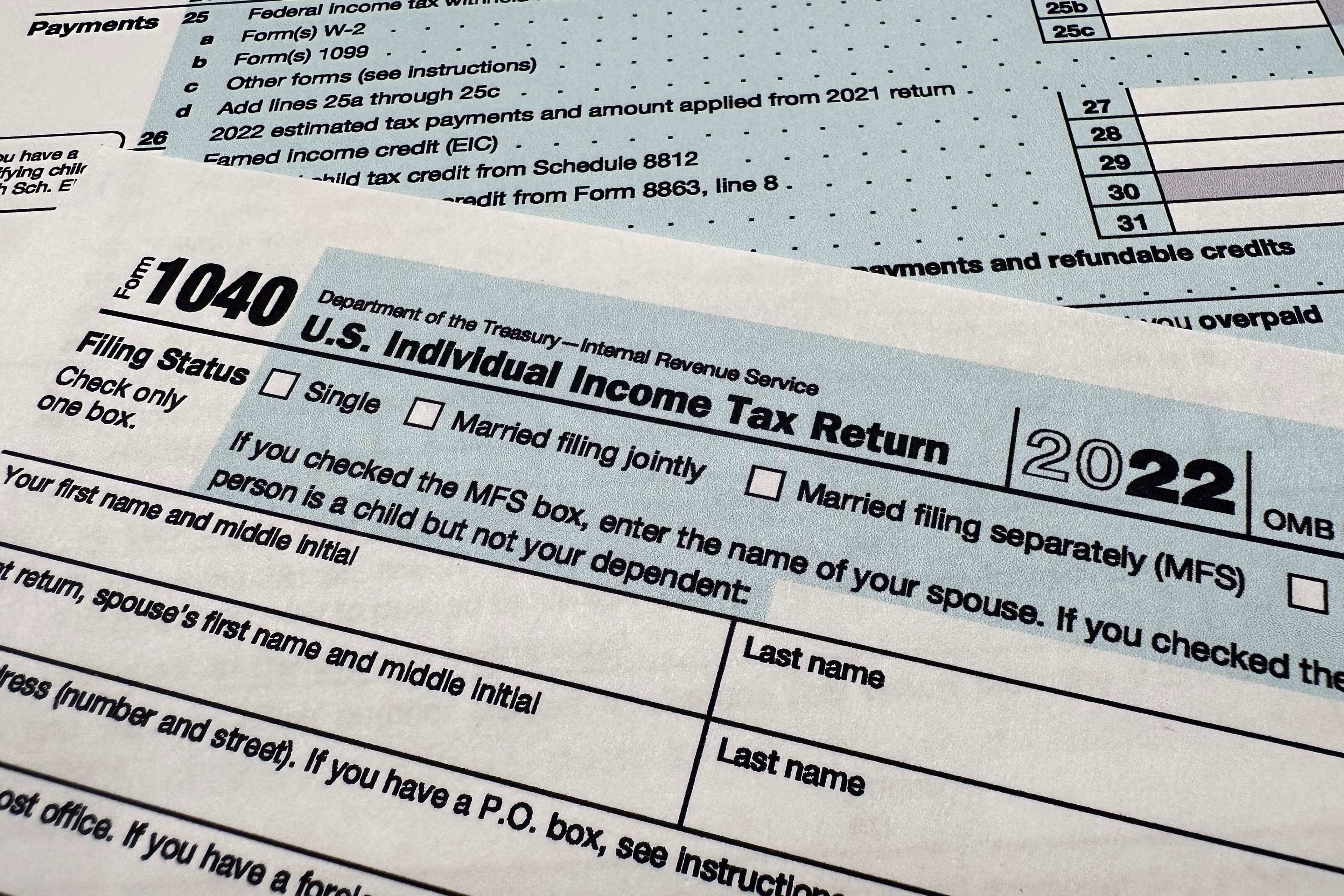*By Tanaya Macheel* While nearly every mid- to large-sized bank rushed to announce blockchain trials and experiments three years ago — only to conclude that they couldn’t find a useful application for the emerging technology — JPMorgan Chase has found its business case: payments. "We had several large clients requesting a solution that would enable them to send money around the world securely and instantaneously 24/7," Umar Farooq, head of Digital Treasury Services and Blockchain at J.P. Morgan, said in an emailed statement. "Having an exceptional blockchain team, we knew with a little bit of time we could come up with a solution to solve their pain-point, but also create value for other capabilities in the long-term." The bank created JPM Coin to expedite payments between institutional clients. That doesn’t mean it’s tackling cryptocurrency ー this “cryptocurrency” isn’t anything like Bitcoin, and CEO Jamie Dimon probably still stands by his comments that Bitcoin “is a fraud.” JPM Coin isn't for everyday retail investors, but rather for the bank’s largest institutional clients. And they won’t buy it as an investment, but they’ll use it for payments — within the walls of JPMorgan Chase. "The key value from this is putting payments on-chain enables all the other use cases that could benefit from blockchain technology,” said Franklin Bi, associate director of the Wachsman Strategic Advisory Group and former vice president and blockchain strategy lead for JPMorgan’s Blockchain Center for Excellence. “Everything else just falls apart. If you want to issue debt or issue securities and do that with blockchain, there's no way for those transactions to actually settle without some representation of the payment piece being on chain. This is that first building block to build those other use cases." That’s not the open financial system whose potential Bitcoin originally promised, but JPM isn’t trying to play in the crypto, or even the blockchain industries. For the past three years, it's been ramping up its payments investments and partnerships and it's the only U.S. bank with scalable businesses in every major payments vertical, CFO Marianne Lake said at its last Investor Day, noting that “digital and payments strategies transcend all of our businesses." Last month, the company merged its Merchant Services unit with the Treasury Services division of its Corporate and Investment Bank to create a single Wholesale Payments unit. As an industry, wholesale payments is large, global, and growing; JPMorgan expects its global wholesale payments revenue to grow 7 percent annually through 2025, Lake said at Investor Day. With $250 billion of revenue at stake, $16 trillion in global trade flows, and 156 million SWIFT messages a year, according to Oliver Wyman, banks have a lot to defend as more and more payments players enter with cheaper ways of moving money. But the value of JPM Coin as a payments-only strategy isn’t that significant, according to Bi, though it’ll be a great enabler for subsequent use cases with more value, like security settlement, derivatives, or supply chain finance. "In today's world, corporates pay probably on average 2bps for bank-to-bank payments,” Bi said. "It’s relatively straight forward, error-free and there's not too much concern over reducing the settlement delay. It’s more about having payment flows that are predictable, rather than as fast as possible.” In any case, even if JPM's experiment doesn’t fulfill its potential, a failed experiment is still progress for the crypto community — especially coming from a major institution with the brand, innovation, and track record of JPMorgan. It puts some longevity and validity behind the idea of cryptocurrency which is still largely conceptual to most of the general public, said Dayna Ford, a senior director and digital payments analyst at Gartner, who previously spent six years for Chase Paymentech Solutions. "The impact of moving funds across borders in a rapid, instantaneous way is a big deal,” she said. “They're not the only one that can do it, but they move a lot of money.” JPM moves $5 trillion in daily payments in more than 120 currencies. One way or another, the digital coin initiative will result in the cost reduction for international funds movement. “\[JPM\] can price it any way they want, but fewer touch points and fewer parties involved should logically equal less cost. The sheer nature of near real time funds movement means less currency exchange risk. When there's currency exchange risk, banks have to increase their margins to make sure they don't lose margins on it. It allows the currency exchange factor to be managed more tightly and that may result in more transparency into who is getting how much. That usually translates to reduction of cost." So much of the hype around enterprise blockchain in the last three years has focused on cost-cutting, rather than generating revenue. Perhaps there’s a cost that institutional investors are willing to pay to get access to liquidity rather than going through other mechanisms for moving money, James Wester, Research Director for IDC’s Worldwide Blockchain Strategies, suggested. “My contention for a while has been if we're gonna see real adoption of the technology it's going to take companies just like JPMorgan Chase doing something beyond a limited pilot and put it into their business and production,” Wester said. “[JPM] had to have built a business case on this — and it was probably cost reduction and efficiency gains. I'm curious to know if there's also something on the other end that allows them to see the revenue."











